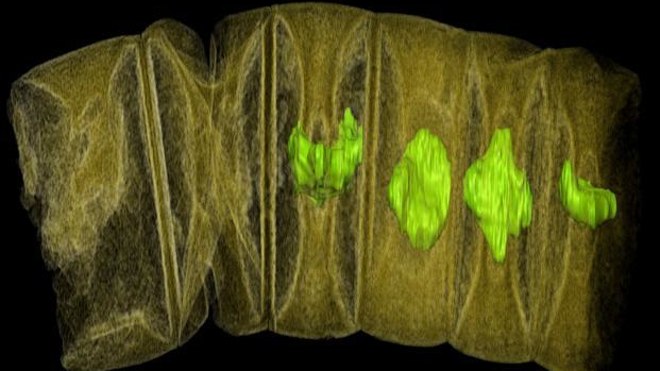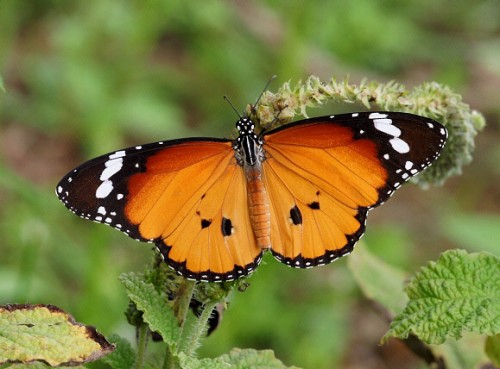CONSERVATION ACTION: It is always great to know when government bodies take up initiatives that benefit wildlife. In a recent eco-friendly initiative, the Himachal Pradesh government decided to ban fuel-driven vehicles from entering the Shimla Water Catchment Wildlife Sanctuary and introduce electric cars and golf carts for use by the visitors. This move aims at reducing the levels of noise and air pollution caused by vehicles and check the negative impact of pollution on wildlife.

Himalayan Haven
The Shimla Water Catchment Wildlife Sanctuary forest area once belonged to the Rana of Koti, who had leased it to the Shimla Municipal Committee in 1878. It was subsequently declared a reserve forest by the British about 125 years ago. In 2006, the Himachal Pradesh Government took over the sanctuary, and in 2009, it was handed over to the state’s wildlife department.
Located at a height of 2,750 meters above sea level, the sanctuary spans a dense forest of deodars and oaks, about 8 km from Shimla. As the name suggests, the sanctuary is a part of the catchment area that supplies water to Shimla town. The 14 km stretch of forest area has 19 natural water sources, from which treated water is carried through pipes to Shimla.
The sanctuary was once home to the endangered Musk deer, but it is today widely known for its high density of Koklass pheasant. In fact, five out of the seven species of pheasants that are native to Himachal Pradesh can be found in this natural wildlife habitat.
According to forest officials, no musk deer had been spotted in the sanctuary for years, but the sanctuary is home to a large population of barking deer and gorals.
Some of the other animals that make up the 700-750 odd number of its inhabitants include:
- Leopards
- Yellow-throated martens
- Rhesus macaque
- Indian crested-porcupines.
The sanctuary also has about a hundred species of birds including:
- Himalayan woodpeckers
- Yellow grosbeaks
- Scarlet Minivets
- Flycatchers
The flora of the sanctuary includes many medicinal and rare herbs such as:
- Ajwain
- Gucchis
- Wild turmeric
The sanctuary also boasts of nearly 70 varieties of butterflies.
State Government Pushing For Eco-Tourism
According to forest guards, the ban on fuel-run vehicles has reduced the number of visitors to the sanctuary. However, they are hopeful that once the battery-driven vehicles and golf carts start plying, more visitors will have access to the sanctuary. Moreover, a machan-like wooden watch tower was recently constructed in order to boost security in the sanctuary as well as encourage more visitors to visit the area. Another such watch tower is in the pipeline.
“The tower is both for forest officials to keep a close watch on the sanctuary, and also for visitors to have a better view,” informs Ashok Chauhan, Divisional Forest Officer, Shimla,
Chauhan, however, added that the government does not want to develop the sanctuary into a tourist resort,
“We want nature lovers to feel the joy of walking through this dense forest without disturbing the wildlife and the eco system.”
His reasoning seems valid. While the pristine forests are threatened by air and noise pollution, there are others causes for concern too. Non-biodegradable waste material, which is dumped in the sanctuary from vehicles plying on the National Highway No. 22 that passes through the forests, as well as illegal entry of horses from neighbouring tourist spots like Kufri pose a serious challenge.
The green initiative though shows that the state government is willing to preserve the pristine forests from further man-made degradation.
More Related stories,
Himalayan Brown Bear Losing Home in Himachal Pradesh
School Children to Get Wildlife Protection Training
More Than 100 Vultures Sighted in Himachal Pradesh
Image courtesy biolib.cz





One thought on “Electric Cars to Replace Fuel-run Cars in Shimla Water Catchment Wildlife Sanctuary”